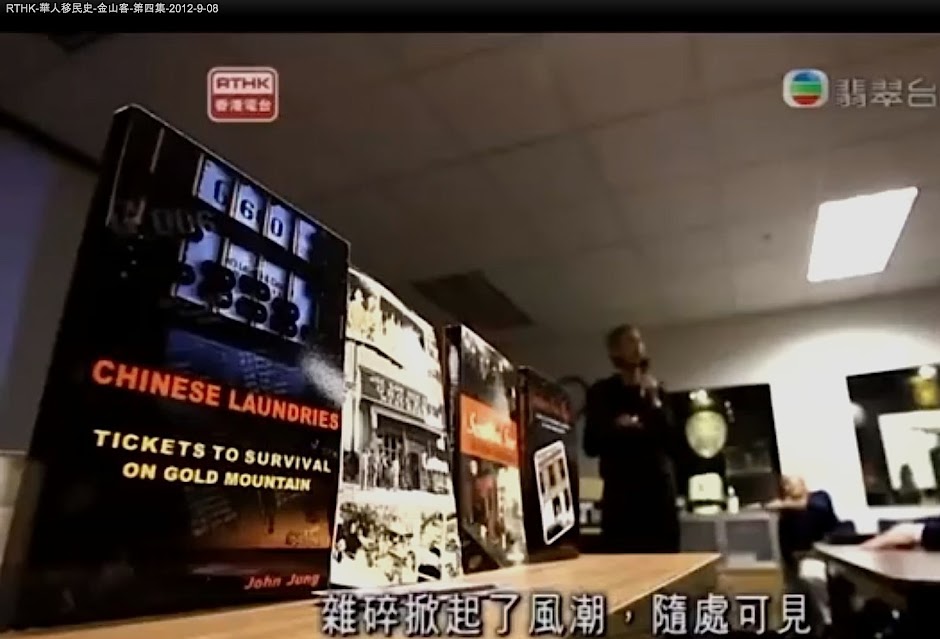Chinese immigrants arrived in Tacoma, Washington in the 1870s. Many had worked on the Transcontinental Railroad and when it was completed in 1869, they were unemployed but moved to the Pacific Northwest to help build the North Pacific Railroad.
Others worked on farms, in fishing, and in saw mills. From their arrival, migrants faced
discrimination in a land that was considered by many at the time to be
"white only." Anti-Chinese sentiment further increased during the economic depression of the decade of the 1870s.

In Tacoma, anti-Chinese whites adopted an extreme way in 1885 to
deal with Chinese. They simply expelled them from the city overnight.
Chinese were ordered to leave the city
of Tacoma by November 1, 1885 or face being removed by force. About
400 Chinese complied and left their homes and their livelihood out of fear and
intimidation.
On November 3, 1885 several hundred men, led by Mayor Weisbach and other city
officials forced the remaining 200 Chinese onto a train bound for
Portland. They then burned the Chinese settlements to the ground. Chinese buildings, houses and communities were destroyed in the
following days.
This "solution" to the Chinese presence became known as the "Tacoma Method" and
was employed in other western communities such as Eureka, California, to forcibly remove their Chinese populations.
For
more information about the "Tacoma Method" and to learn about how Tacoma acknowledged the injustice and commemorated its memory with the creation of "Reconciliation Park."
On November 30th, 1993, the Tacoma City Council unanimously approved Resolution No. 32415, which acknowledged that the 1885 Chinese expulsion was “a most reprehensible occurrence,” authorized the construction of a commemorative park located at a former National Guard site on Commencement Bay, and set aside $25,000 for preliminary site plans.[30] The park is a 3.9-acre shoreline plot located at 1741 N. Schuster Parkway in Tacoma, within a half-mile of the site of Little Canton, where many Chinese residents of Tacoma lived before they were expelled in 1885.[31] The park, which officially opened in 2011, currently includes a waterfront trail, a bridge with a Chinese motif, and a pavilion donated by Tacoma’s sister city, Fuzhou, China.
When the Transcontinental Railroad was completed in 1869, about 1,400 now out-of-work Chinese laborers went to Truckee to seek new jobs building railroads through the Sierra Nevada mountains. Within a period of a few months, one third of Truckee's population was Chinese which led to some white men forming a vigilante committee called the Caucasian League. In June, 1876, a small group of white men attacked several Chinese woodcutters outside of town. They set fire to the woodcutters' cabins, and when the Chinese ran out the attackers shot and wounded several of them. One of the Chinese men died the next day. Seven men were arrested and stood trial, but in spite of direct testimony by two of the defendants against the other five all were acquitted after the jury deliberated for just nine minutes.

A Second Truckee Chinatown Across the River
Little more than a year after moving
fire once again raged through the new Chinatown, destroying half of the newly
built homes and stores. There is no record of any loss of life due to
the fire, but again the Chinese were forced to rebuild their community.
Frustrated by the resilience and perseverance of the Chinese, in 1885 Charles McGlashan formed the Truckee Anti-Chinese Boycotting Committee which adopted the following resolution: "We recognize the Chinese as an unmitigated curse to the Pacific Coast and a direct threat to the bread and butter of the working class."
They further resolved that all merchants in town should boycott any Chinese who comes to them either for employment or for goods, in hopes of literally starving the Chinese out of Truckee.
Over the first two months of 1886, McGlashan and other town leaders succeeded in getting every business in town to refuse to sell anything to the Chinese. As food and other supplies dwindled in their community, many Chinese had no other recourse than to leave town. By the end of February the "Truckee Method" of forcing the Chinese away was declared a success by its leaders. However, records indicate that although the boycott leaders claimed to have rid the town of Chinese, a small group remained.




No comments:
Post a Comment